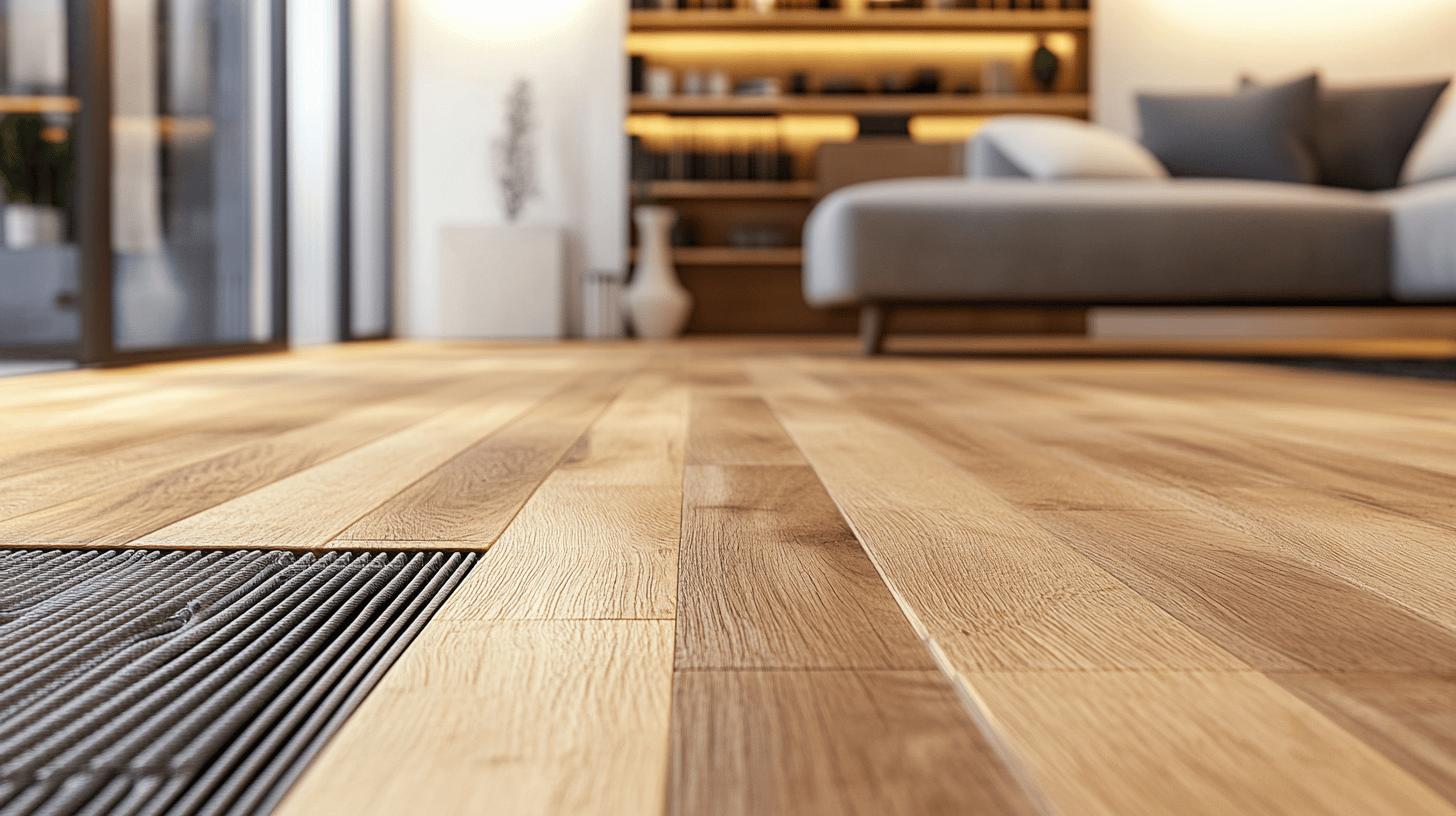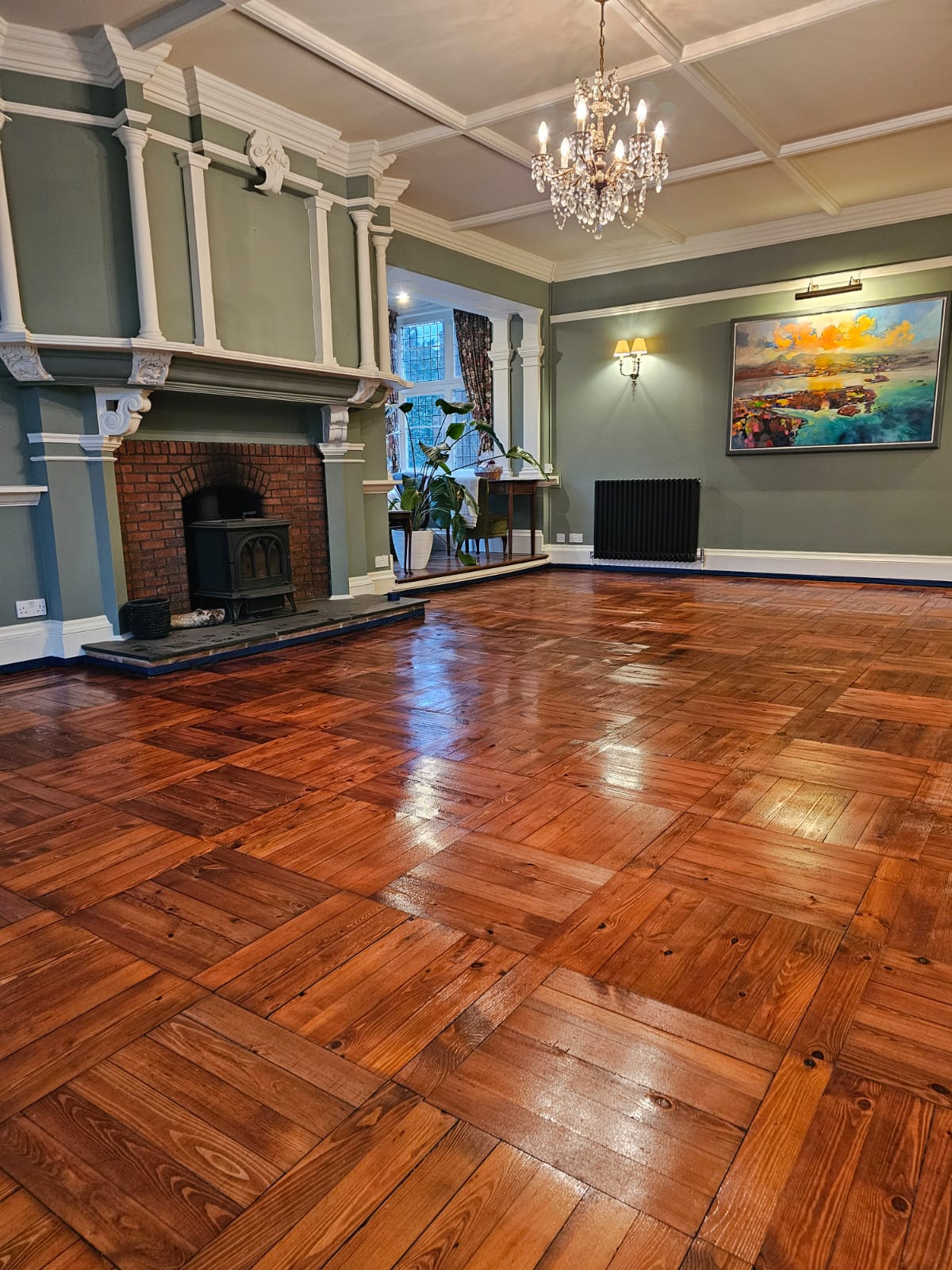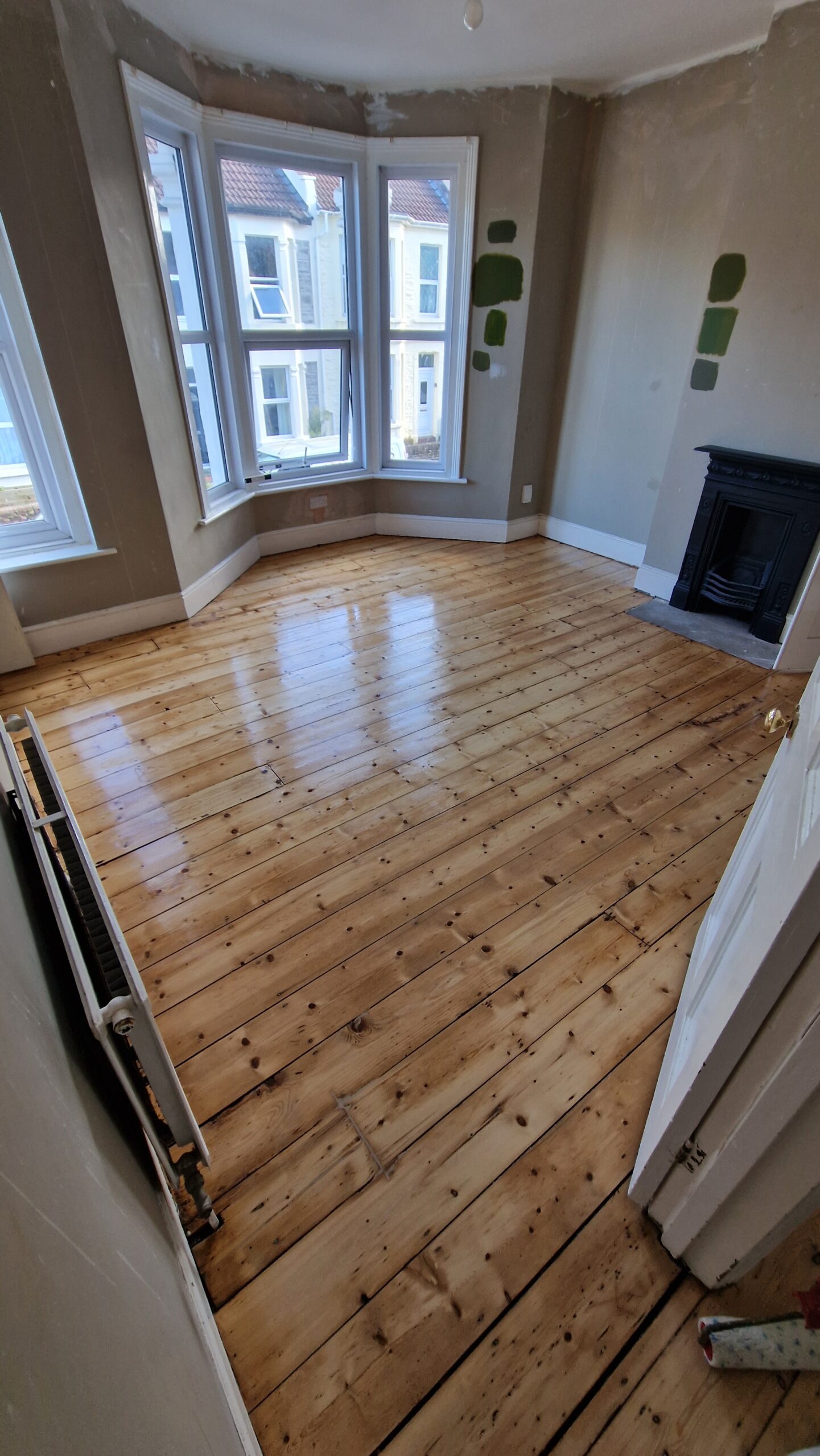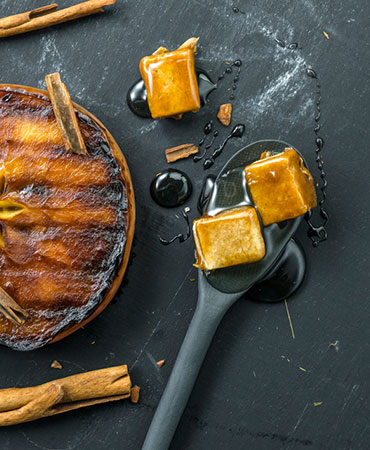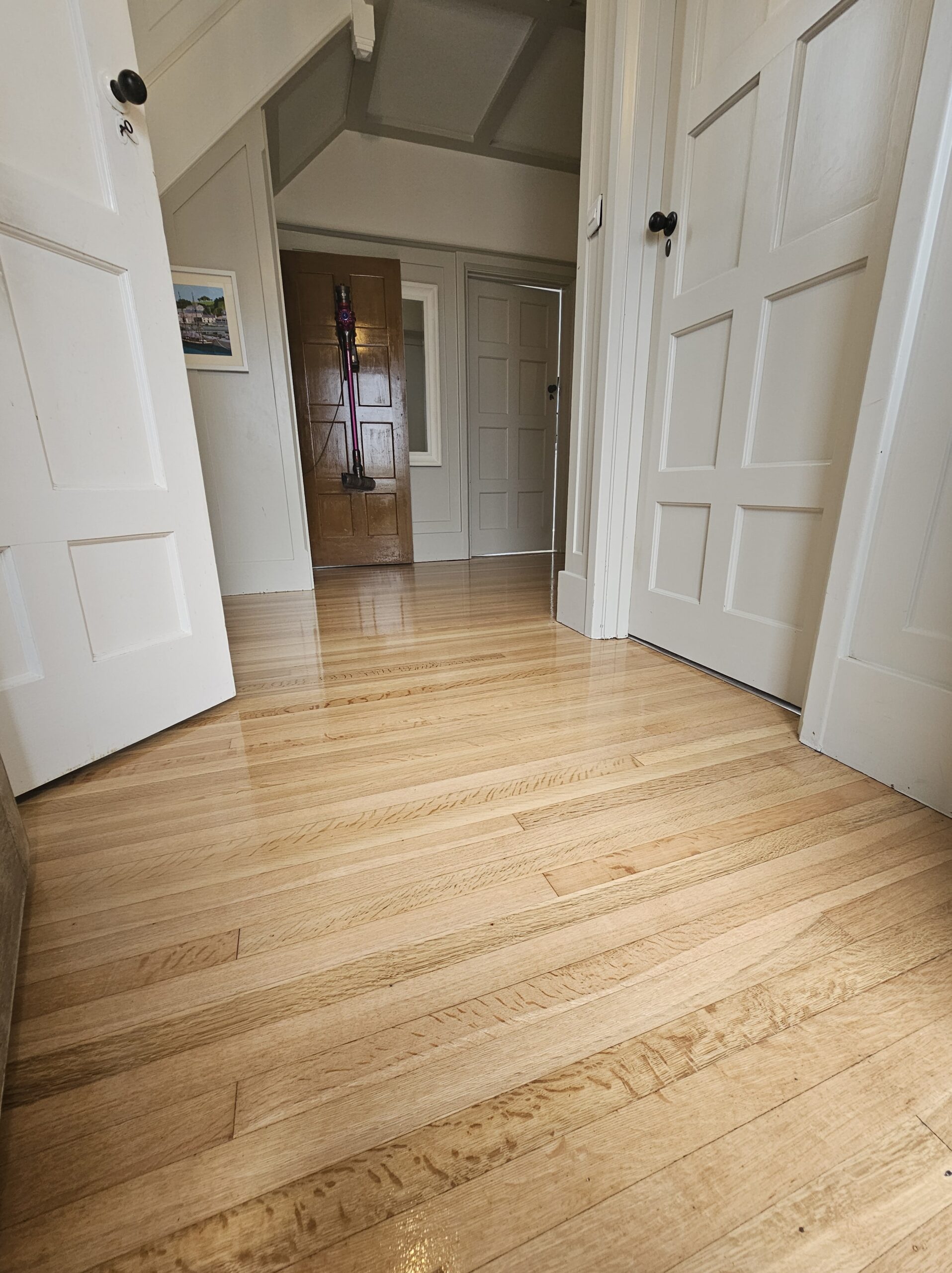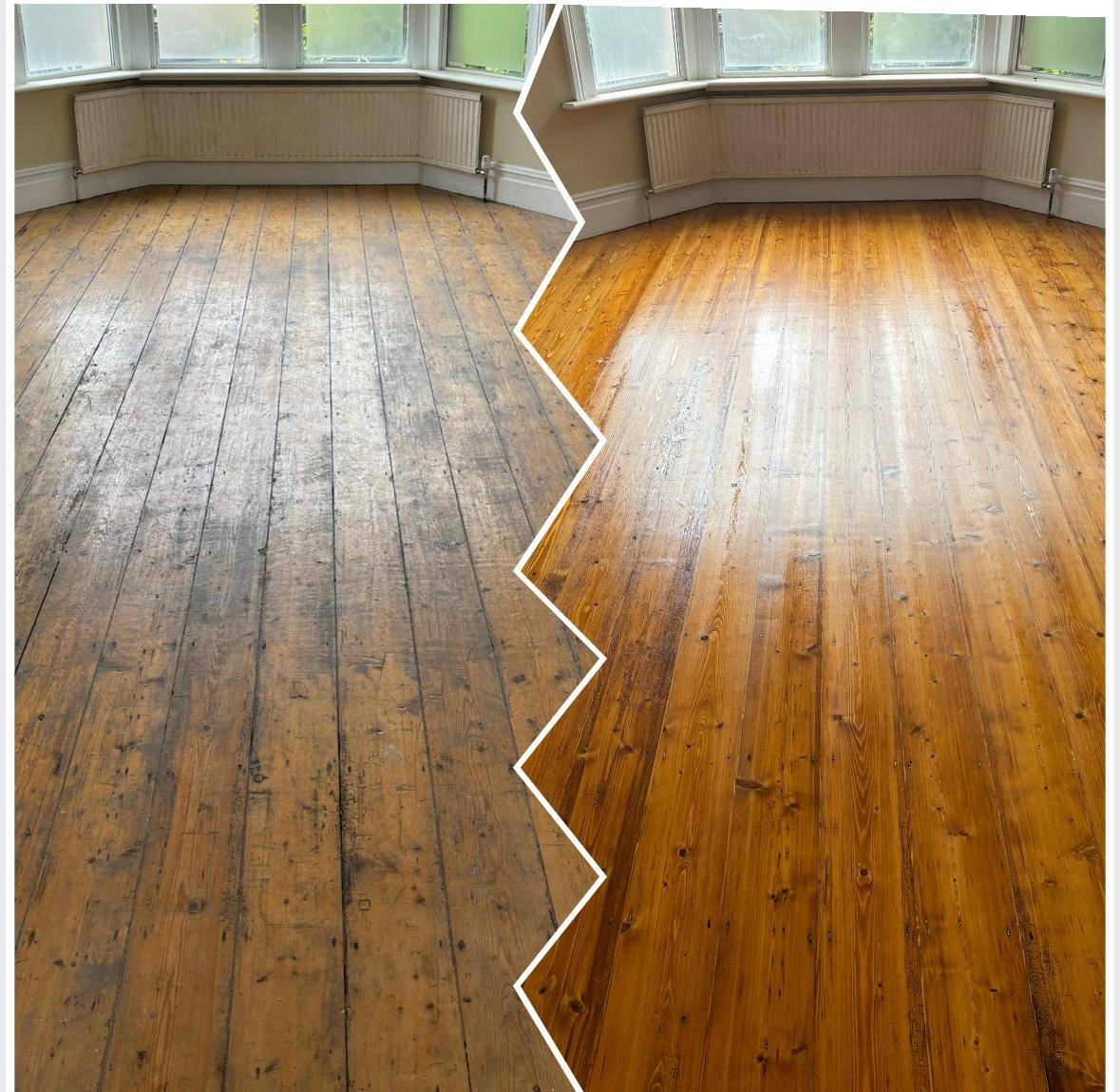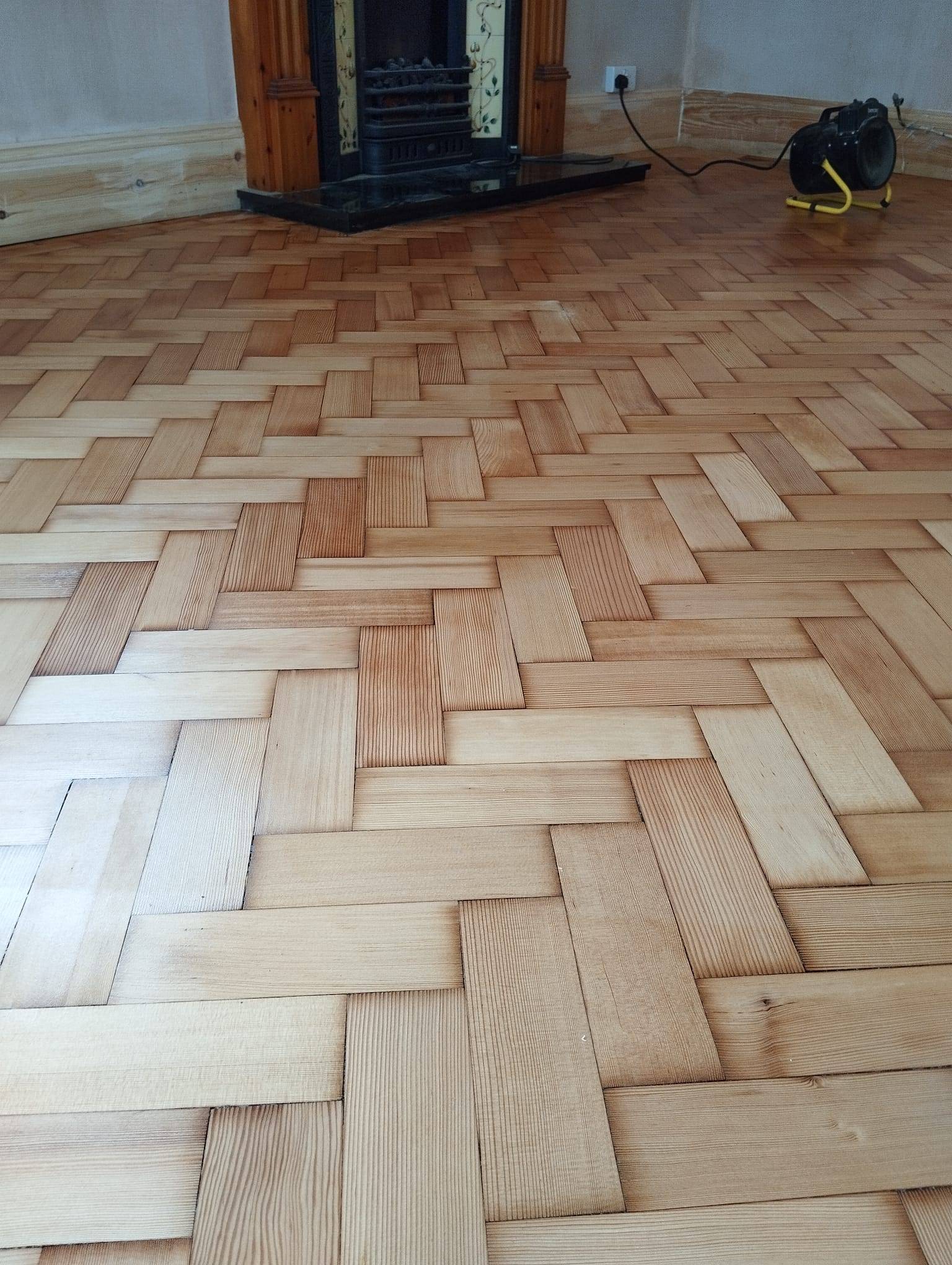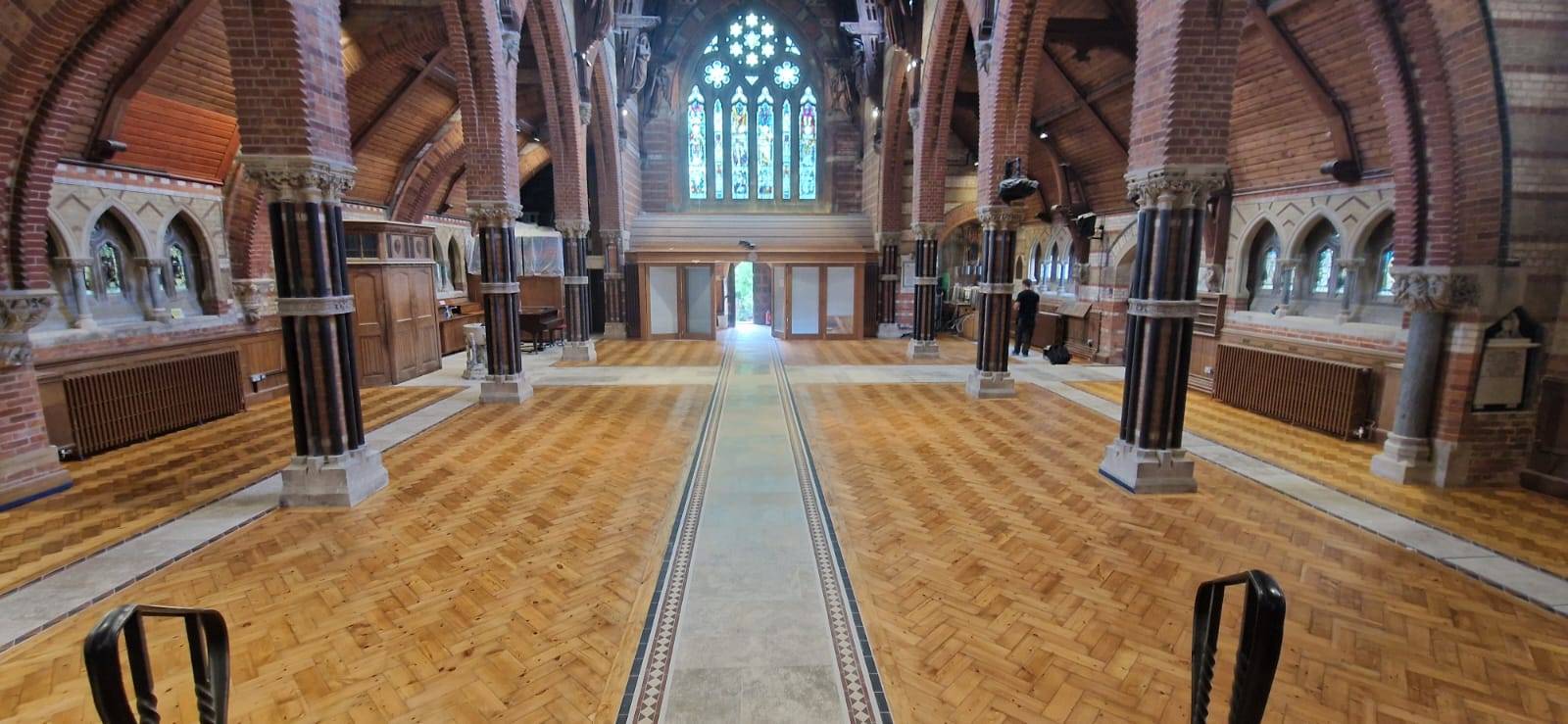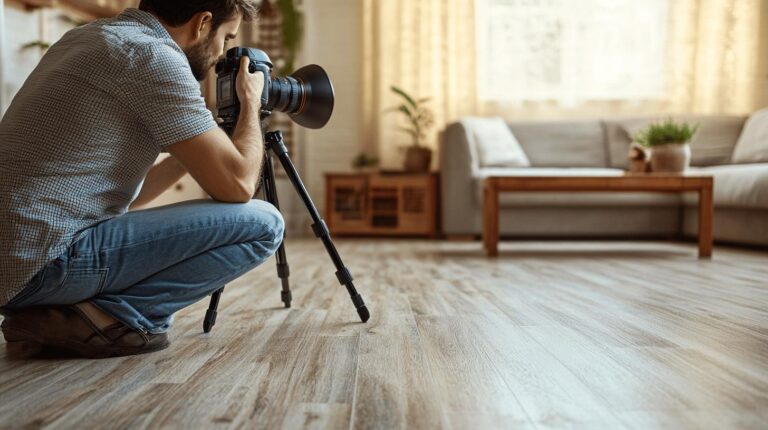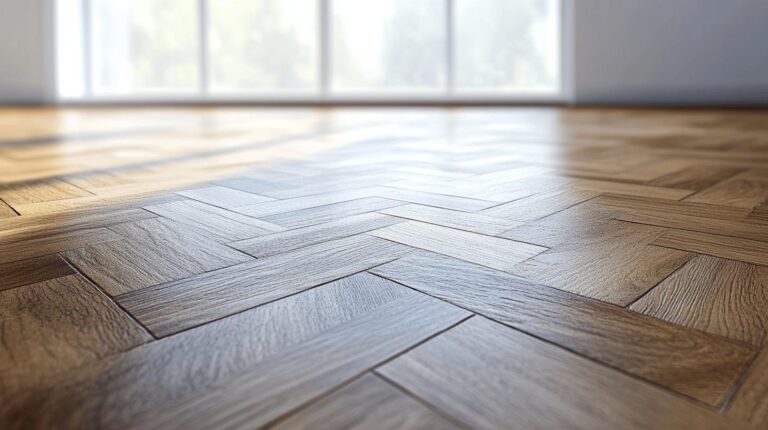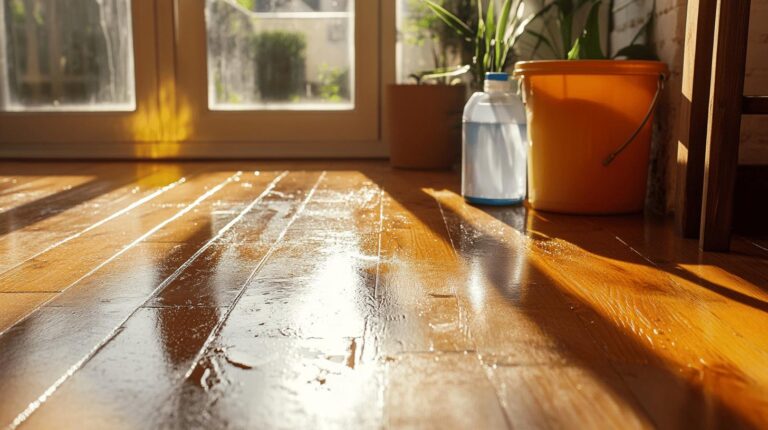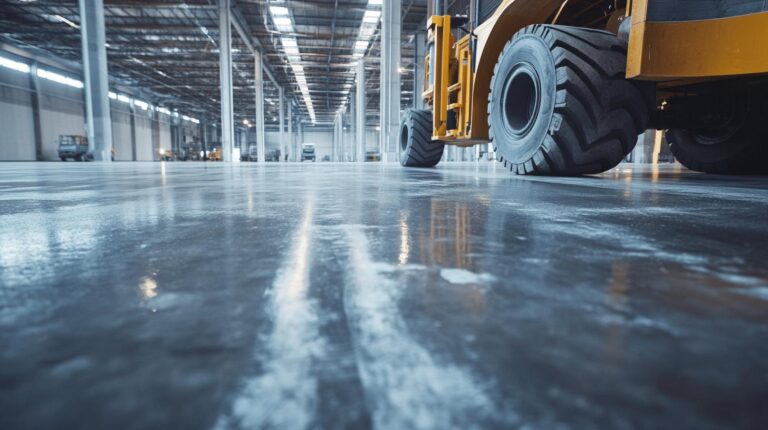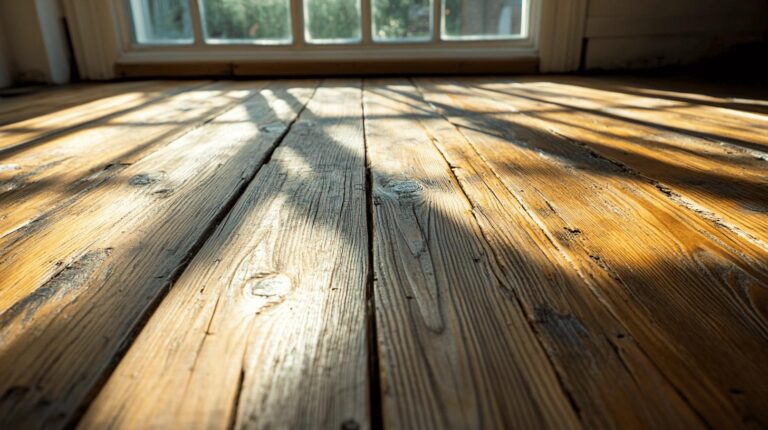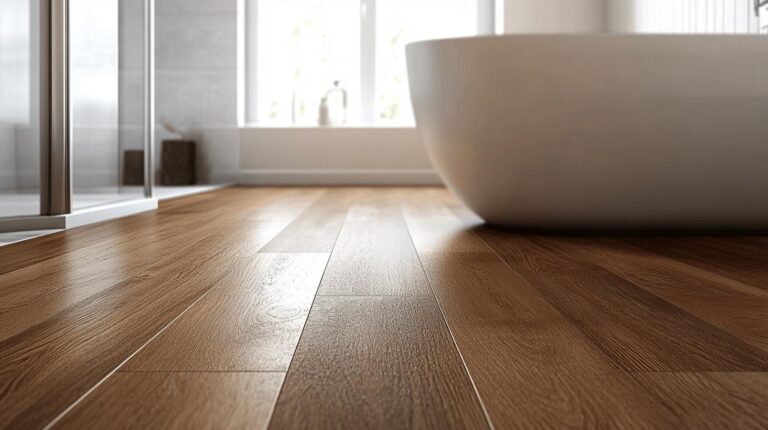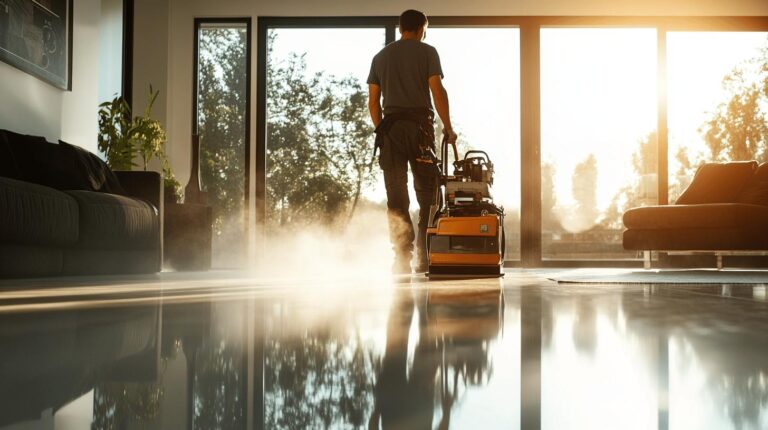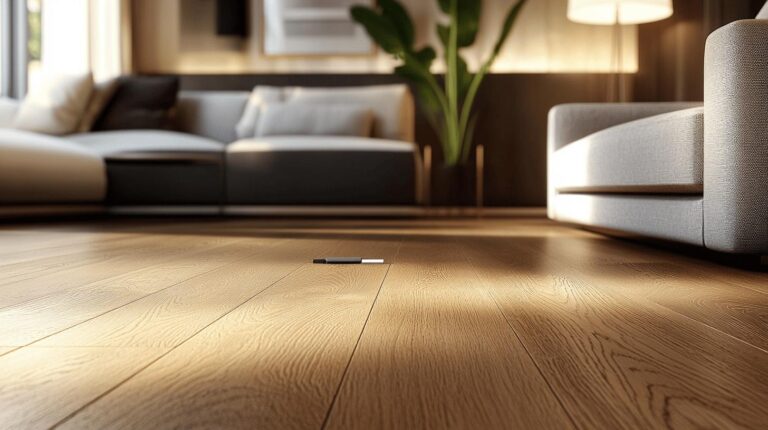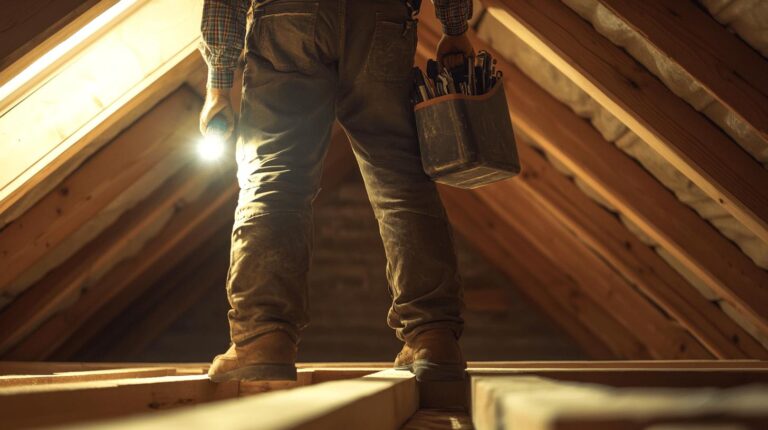Is underfloor heating the arch-enemy of your beautiful wood flooring, or is it just a misunderstood ally? The debate is fraught with popular myths and misconceptions that often deter homeowners from embracing this modern heating solution. In reality, proper installation and material choice mean that concerns about damage or safety are largely unfounded. Ryan’s Restoration delves into these flooring myths, uncovering the truth behind the misconceptions to ensure you can enjoy the warmth underfoot without compromising your wood floor’s integrity. Discover how to blend comfort with style, keeping your home cosy and visually stunning.
Debunking Common Myths About Underfloor Heating and Wood Flooring
Concerns about underfloor heating and its effects on wood flooring are often based on outdated or incorrect information. A common misconception is that underfloor heating can damage wood floors, leading to warping or cracking. However, underfloor heating can safely coexist with wood flooring when installed correctly with suitable materials. Safety concerns also persist, with some fearing that the system could overheat, posing risks to both the flooring and the household. These fears are often exaggerated, as modern underfloor heating systems have safety features to prevent such issues.
- Myth 1: Underfloor heating will warp wooden floors.
- Myth 2: Wood floors can’t handle the heat from underfloor systems.
- Myth 3: Underfloor heating is unsafe and prone to overheating.
- Myth 4: Only certain types of wood can be used with underfloor heating.
- Myth 5: Underfloor heating systems are inefficient and costly to operate.
When addressed correctly, the myths surrounding underfloor heating and wood flooring become less daunting. Modern advancements in heating technology and flooring materials mean these systems are safer and more efficient than ever. Proper installation and the use of compatible wood types, such as engineered wood, ensure that the flooring remains stable and functional. Additionally, adhering to manufacturer guidelines and leveraging expert installation services can alleviate most concerns, making underfloor heating a viable and comfortable option for wood floors.
Understanding the Effects of Heat on Wood Flooring
Wood flooring, like all natural materials, reacts to changes in temperature and humidity. When subjected to heat, wood can expand, and when cooled, it contracts. This natural process is known as thermal expansion and contraction. In the context of underfloor heating, this means that the flooring is consistently exposed to temperature changes, which can cause stress on the wood if it is not appropriately managed.
Solid vs. Engineered Wood
Engineered wood is generally more suitable for use with underfloor heating compared to solid wood. This is because engineered wood consists of multiple layers bonded together, providing enhanced stability and resistance to thermal expansion. The layered construction helps minimise the effects of temperature fluctuations, reducing the risk of warping or gaps. On the other hand, solid wood is more susceptible to these issues due to its homogeneous nature, which doesn’t offer the same level of stability as engineered alternatives.
Several practices are recommended to mitigate heat-related issues. First, it is crucial to ensure that the temperature of the underfloor heating system does not exceed 27 degrees Celsius. This safe limit prevents excessive expansion and potential damage. Additionally, maintaining consistent room temperature and humidity levels can help manage the wood’s response to heat. Gradual temperature adjustments, rather than abrupt changes, can also reduce stress on the flooring and prolong its lifespan.
Best Practices for Installing Underfloor Heating with Wood Floors

Professional installation of underfloor heating systems with wood floors is crucial for achieving optimal performance and ensuring the longevity of both the heating system and the flooring. A professional installer has the knowledge and expertise to address the specific challenges associated with integrating underfloor heating with wood floors, such as managing thermal expansion and contraction. Furthermore, professionals are equipped with the tools and techniques necessary to ensure the system operates efficiently and safely, preventing issues like uneven heating and potential damage to the wood.
A well-prepared subfloor is vital for successfully installing an underfloor heating system. The process begins with a thorough cleaning to remove any debris or dust that could interfere with the installation. Once cleaned, the subfloor must be completely dry to prevent moisture from affecting the wood flooring. The next step is levelling the floor to ensure a flat and even surface, which is critical for uniform heat distribution. Insulating the subfloor helps to maximise the efficiency of the heating system by preventing heat loss and ensuring that the heat is directed upwards into the room.
- High-quality insulation boards
- Decoupling membranes
- Self-leveling compound
- Moisture barriers
Ryan’s Restoration offers expert services to install underfloor heating with wood floors seamlessly. With their extensive experience and specialised knowledge, they can handle the complexities of such installations with precision. Their team is well-versed in the latest installation techniques and uses high-quality materials to guarantee the best results. By choosing Ryan’s Restoration, clients can rest assured that their underfloor heating system will be installed correctly, optimising their wood floors’ comfort and aesthetic appeal.
Maintenance and Care for Wood Floors with Underfloor Heating
Gradual temperature adjustments are essential in maintaining wood floors with underfloor heating systems. Sudden changes in temperature can lead to thermal shock, causing the wood to expand or contract too quickly, which may result in warping or gaps. To minimise these risks, it is recommended not to exceed temperature changes of 2-3°C per day. This gradual approach allows the wood to acclimatise to new conditions without stress. Consistent room temperature, ideally maintained between 17-21°C, ensures a stable environment for the wood flooring, further contributing to its longevity and performance.
- Ensure humidity levels remain between 40-60% to prevent moisture imbalance.
- Conduct regular checks on the heating system to detect any faults early.
- Use appropriate cleaning methods to avoid moisture damage.
- Implement seasonal maintenance to adjust the system as needed.
- Install a smart thermostat for precise temperature control.
Adhering to these maintenance practices preserves wood floors’ aesthetic appeal and enhances their functional lifespan. Consistent monitoring and minor adjustments prevent potential issues such as moisture imbalance and structural damage. By maintaining optimal conditions and employing a proactive approach, homeowners can enjoy the benefits of underfloor heating while ensuring their wood floors remain in excellent condition for years.
Enhancing Wood Flooring Aesthetics and Functionality with Underfloor Heating
Underfloor heating systems significantly enhance a room’s aesthetics by eliminating the need for bulky radiators, allowing for a cleaner and more streamlined appearance. The absence of radiators maximises wall space and provides greater flexibility in interior design choices. This minimalist approach contributes to a modern and spacious feel, which can be especially beneficial in smaller rooms where every inch of space counts.
The comfort benefits of underfloor heating are substantial, as it ensures even heat distribution throughout the room. Unlike traditional heating systems, which can create hot spots and uneven temperatures, underfloor heating provides consistent warmth from the floor up. This uniform heat distribution enhances the overall comfort of a space, making it particularly appealing during colder months. Moreover, it allows for barefoot walking on the floor, adding a luxurious touch to everyday living.
Technological advancements, such as smart thermostats, further improve the functionality and appeal of underfloor heating systems. These devices offer precise temperature control, allowing homeowners to customise the heating to their specific needs and schedules. Not only do smart thermostats enhance energy efficiency, reducing utility bills, but they also contribute to a seamless and integrated home aesthetic by minimising the presence of manual controls and switches.
Expert Recommendations for Safe and Efficient Underfloor Heating with Wood Floors
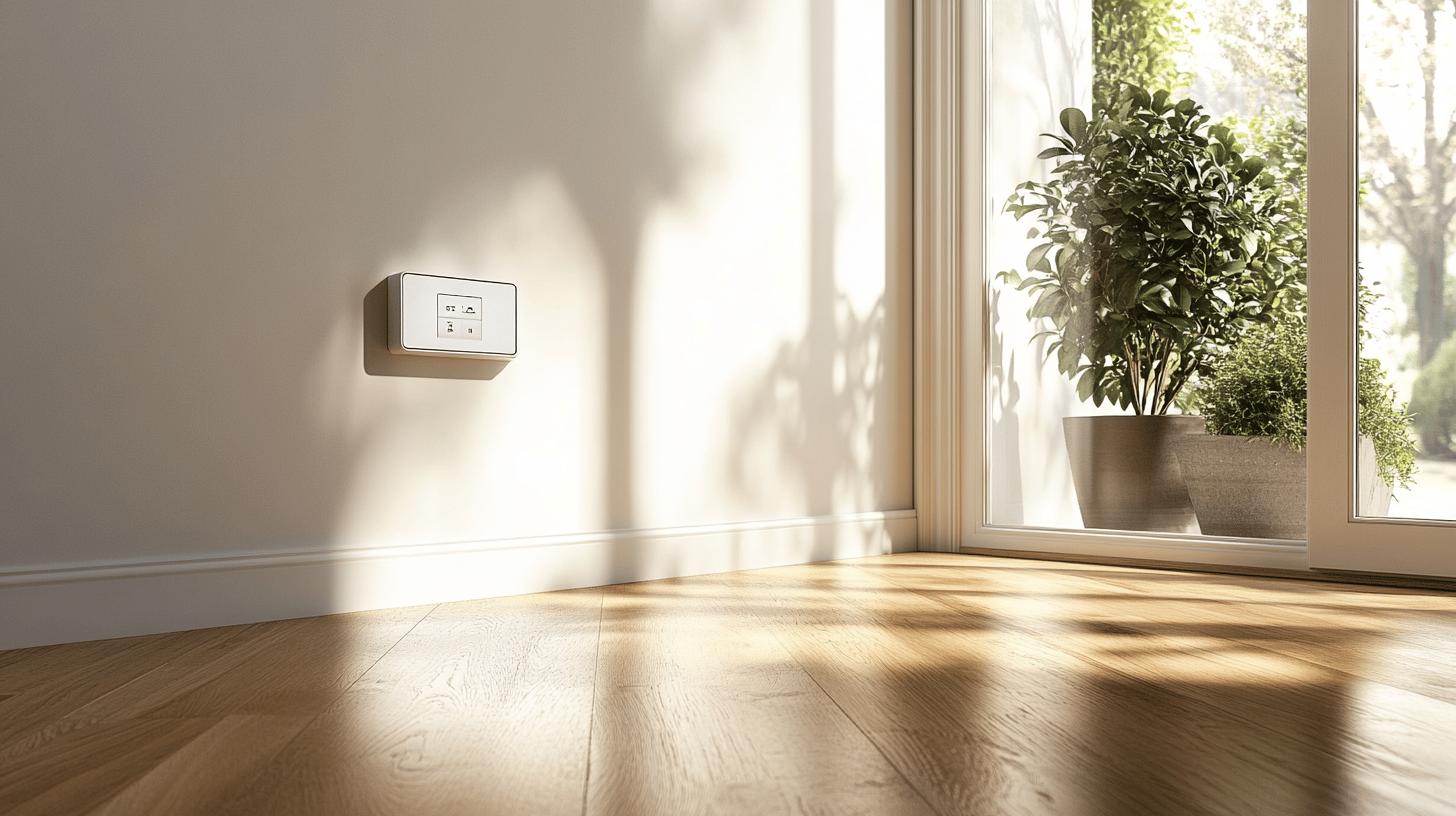
Following manufacturer guidelines is essential when installing underfloor heating with wood floors to ensure both safety and efficiency. Manufacturers provide specific instructions on installation techniques, compatible materials, and safe temperature limits that must be adhered to in order to prevent issues such as warping or cracking. For instance, maintaining a maximum temperature of 27 degrees Celsius is a standard recommendation to avoid thermal stress on the wood. Deviating from these guidelines can compromise the integrity of the flooring and the heating system’s performance, potentially leading to costly repairs or replacements.
- Ensure the floor temperature does not exceed 27 degrees Celsius to prevent damage.
- Use only recommended materials and techniques for installation.
- Regularly inspect the system for any signs of wear or malfunction.
- Consider using smart thermostats to maintain consistent and energy-efficient heating.
Ryan’s Restoration is renowned for its expert services in installing underfloor heating systems with wood floors. Their comprehensive understanding of the latest technologies and materials ensures that each installation is executed to the highest standards. Clients can trust Ryan’s Restoration to adhere to all manufacturer guidelines, providing peace of mind that their floors will remain beautiful and functional while enjoying the benefits of efficient underfloor heating.
Final Words
Exploring the impact of underfloor heating on wood flooring reveals that initial myths about safety concerns and potential damage are largely exaggerated. Proper installation and material selection, exceptionally engineered wood, mitigate risks associated with heat-induced contraction and expansion.
Ensuring a successful installation requires meticulous planning, professional expertise, and careful subfloor preparation. Routine maintenance, such as gradual temperature changes and controlled humidity, extends the life of heated wood floors while enhancing home aesthetics with innovative technology.
Combining underfloor heating with wood floors significantly benefits functionality and appeal, offering homeowners efficient, stylish warmth.
FAQ
Does underfloor heating damage wood floors?
Underfloor heating does not generally damage wood floors if installed adequately with suitable materials. Engineered wood is recommended over solid wood due to its stability and resistance to thermal expansion.
What is the downside of underfloor heating?
The downsides of underfloor heating can include the complexity of installation and potential disruption during maintenance. However, these are often outweighed by the long-term benefits of consistent and efficient heating.
What is the problem with underfloor heating?
Problems can arise from incorrect installation or unsuitable materials, leading to uneven heating or floor warping. Thorough preparation and professional guidance can minimise these risks.
What flooring is not suitable for underfloor heating?
Certain materials like solid wood and carpets with high-tog ratings are not suitable for underfloor heating as they can insulate too much and prevent efficient heat distribution.
